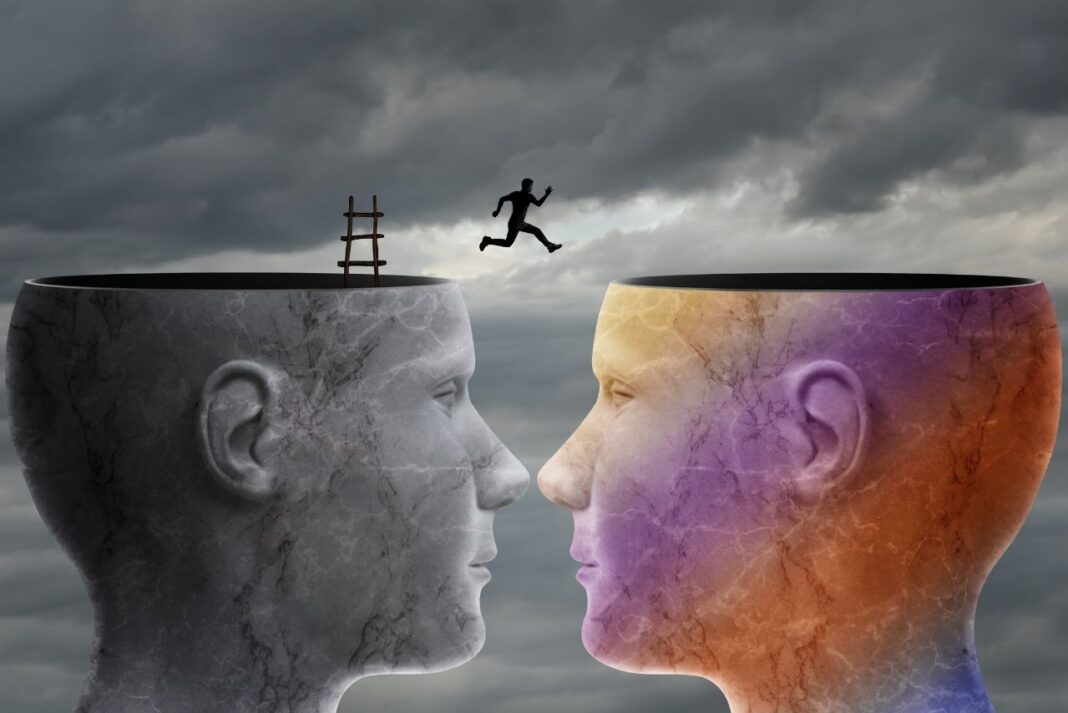“Time does not flow in one direction as it seems; the past and the future can coexist.”
— Albert Einstein
Recently, while watching a video by Sinan Ergin, I came across an idea that caught my attention. Throughout our lives, we dream, yet most of the time we dismiss these visions as trivial “idle thoughts.” However, scientific research and self-development literature suggest that the scenes we visualize in our minds are processed by the brain almost as if they were real, and that these mental rehearsals play a crucial role in shaping our future.
The Importance of Imagination
Picture the house you have long dreamed of. Not only do you imagine the exterior, but you also experience the interiors, the texture of the furniture, even the way the sunlight filters through the windows. As the brain processes these details, it struggles to clearly distinguish between imagination and reality.
Joseph Murphy’s The Power of Your Subconscious Mind emphasizes that the subconscious accepts the images presented to it as real. By repeatedly visualizing mental images, people imprint them onto their subconscious, making it easier to experience the effects of these images in their lives. The book provides examples showing that significant changes in health, career, and relationships can occur through mental rehearsal alone.
Similarly, Pierre Franckh in The Law of Resonance argues that thoughts function like frequencies and that the universe responds to these frequencies. According to him, the future you imagine acts like a magnet, pulling you toward that possibility. In daily life, this can also be observed: those who constantly focus on negative thoughts tend to experience more unwanted situations, whereas those who cultivate positive visualization attract opportunities aligned with their mindset.
Examples from the World of Sports
The impact of mental rehearsal is evident in the experiences of athletes. Before major competitions, athletes do not rely solely on physical training; they also mentally replay the “moment of victory” again and again. A marathon runner, for instance, envisions crossing the finish line and relives the emotions of that moment before the race even begins. Sports psychologists explain that this method activates neural pathways in advance, thereby increasing the likelihood of success.
Cristiano Ronaldo has shared that before stepping onto the field, he visualizes scoring goals, which boosts his motivation. The brain processes such imagined experiences almost as if they were real events, even before they happen.
Scientific Evidence
A 2007 study by Daniel Schacter and his colleagues at Harvard University revealed that the brain regions active when recalling the past are also engaged when simulating future events. The prefrontal cortex and hippocampus take fragments from past experiences to construct new scenarios for the future.
This process, which Schacter calls constructive episodic simulation, allows us to combine information from past experiences to generate positive future scenarios. For example, imagine you once failed an exam. As you prepare for the next one, you might visualize a scene where you have studied well, solved the questions with ease, and achieved a high score. This is the brain’s way of using the past to build an optimistic scenario for the future, thereby boosting motivation.
Learning from Mistakes
Mistakes are among life’s most valuable teachers. Poor decisions may lead to losses, yet these losses provide guidance for the future. Imagine you once underprepared for a job interview and received a negative outcome. That experience would make you more prepared and confident in the next interview. In this way, past failures become the foundation of future success.
Although Murphy’s subconscious approach, Franckh’s resonance theory, and Schacter’s prospective brain research come from different perspectives, they converge on the same point: the mind is the most powerful tool for shaping the future.
Mental Rehearsals in Daily Life
-
Before a presentation, repeatedly visualizing yourself delivering it smoothly increases confidence on stage.
-
When starting a new job, imagining yourself harmonizing well with colleagues eases adaptation.
-
After realizing that you were hurtful in a past argument, mentally rehearsing a more constructive response for future situations strengthens relationships.
These practices demonstrate how the brain allows us to experience the future in advance and prepare for it.
Conclusion: The Future Is Written in the Mind
The brain is not merely an archive that stores the past but also a tool that shapes the future. Dreams, mental imagery, and lessons drawn from past experiences together form the foundation of what is to come. What we allow to reside in our minds ultimately determines the realities we encounter in life.
Perhaps the real insight is recognizing that the difference between the world we construct in our minds and the one we live in is far thinner than we imagine. Have you ever, like me, closed your eyes and pictured yourself standing beneath the northern lights?
References
-
Schacter, D. L., Addis, D. R., & Buckner, R. L. (2007). Remembering the past to imagine the future: the prospective brain. Nature Reviews Neuroscience, 8(9), 657–661.
-
Murphy, J. (1963). The Power of Your Subconscious Mind. Turkish edition: Altın Kitaplar, 2004.
-
Franckh, P. (2006). The Law of Resonance. Turkish edition: Kuraldışı Yayıncılık, 2010.


